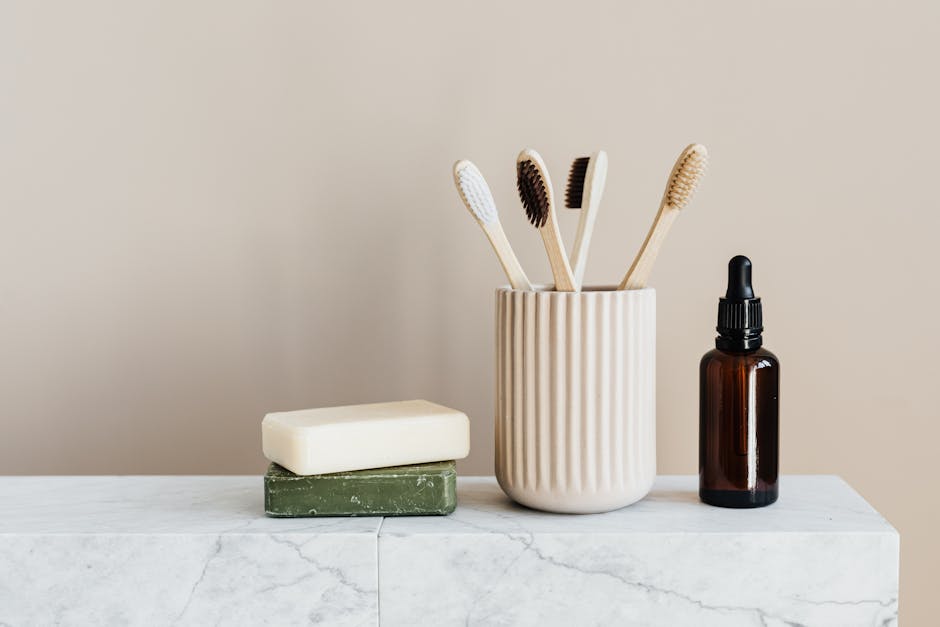In the ever-evolving world of beauty, one trend that shines brighter with each day is sustainable cosmetic packaging. It’s not just about aesthetics anymore; it’s about ethos, about making a statement that your brand cares for the planet as much as it cares for beauty. Dive into how your brand can join this green revolution, transforming not just how products are presented, but how they are perceived and enjoyed by consumers worldwide.
The Growing Demand for Sustainable Cosmetic Packaging
Amidst increasing environmental concerns, consumers are now more than ever aligning their values with their purchasing habits, particularly in the beauty sector. The demand for sustainable cosmetic packaging is not just a wave but a sea change, marking a shift towards more eco-friendly and recyclable materials. Brands that rise to meet this demand are not only favored by the environmentally conscious but also become trailblazers for sustainability in the industry.
This heightened awareness among consumers is reflected in their growing preference for products that come in biodegradable, recycled, or recyclable packaging. It’s a call to action for brands to reconsider their packaging strategies and materials, aiming for options that minimize waste and reduce the carbon footprint.
Why Sustainable Cosmetic Packaging Matters
Sustainable cosmetic packaging extends beyond the moral and environmental implications; it directly impacts a brand’s image and customer loyalty. With the beauty industry being a significant contributor to plastic waste, adopting more sustainable practices becomes a critical branding and ethical initiative. Consumers are increasingly supporting businesses that demonstrate genuine concern for the environment, making sustainability not just a choice but a necessity.
Moreover, sustainable packaging often involves innovative designs and materials that can enhance the user experience, adding a unique selling point to products. It invites brands to be creative and to think outside the traditional packaging box, leveraging sustainability as both a marketing and a product development strategy.
Innovative Materials in Sustainable Cosmetic Packaging
The journey towards sustainable cosmetic packaging has led to the discovery and utilization of some truly innovative materials. Bioplastics, bamboo, and even mycelium-based packaging are paving the way for a more sustainable future in cosmetics. These materials not only reduce reliance on fossil fuel-based plastics but also offer compostable and biodegradable alternatives that significantly lower the environmental impact of cosmetic packaging.
Further pushing the envelope, some brands have introduced refillable systems and concentrated product formulas to minimize waste. These approaches not only lessen the material footprint but also encourage consumers to participate actively in sustainability efforts, creating a community of environmentally responsible individuals.
Case Studies: Brands Leading the Way in Sustainability
Several forward-thinking brands have set benchmarks in sustainable cosmetic packaging, turning ideals into action. For instance, Lush Cosmetics has mastered the art of zero packaging with their naked products, eliminating waste entirely for many of their offerings. Another notable example is Aveda, which uses 100% post-consumer recycled PET in its packaging, showcasing that luxury and sustainability can indeed go hand in hand.
Eco-friendly pioneers like Elate Beauty take sustainability a step further by ensuring that their products are not only housed in bamboo packaging but are also refillable, reducing the need for constant repurchasing of new packaging. These examples serve as inspirations and proof that sustainable cosmetic packaging is both viable and beneficial for the environment, consumers, and brands alike.
Steps Your Brand Can Take Towards Sustainability
Transitioning towards more sustainable cosmetic packaging can seem daunting, but small, incremental changes can make a significant impact. Start by conducting a packaging audit to identify areas where improvements can be made, such as switching to recyclable or biodegradable materials, or reducing unnecessary packaging layers. Engage with suppliers to explore sustainable options and consider the life cycle of your packaging from production to disposal.
The Future of Cosmetic Packaging
The future of cosmetic packaging is unequivocally green, with innovation, consumer demand, and regulatory pressures guiding the industry towards more sustainable practices. Next-generation materials, such as algae-based plastics and paper made from agricultural waste, are on the horizon, promising even greater eco-friendliness. As technology and creativity converge, the possibilities for sustainable packaging are endless, signaling a bright and responsible future for the cosmetic industry.
This progression towards sustainability is not just a trend but a transformation of the industry, setting new standards for beauty brands worldwide. The journey is complex and requires a collective effort, but the rewards—environmental preservation, enhanced brand loyalty, and innovation—are invaluable, making the pursuit of sustainable cosmetic packaging a worthy and necessary endeavor for any brand.
Embracing the Green Revolution in Cosmetic Packaging
As we’ve explored the various facets of sustainable cosmetic packaging, it’s clear that this isn’t just a fleeting trend but a movement towards a more responsible and aware industry. Integrating sustainability into your cosmetic packaging goes beyond just improving your brand image; it contributes significantly towards reducing the environmental impact, resonating with eco-conscious consumers, and paving the way for future innovations. By embracing sustainable practices, your brand doesn’t just make a difference in the industry but also plays a pivotal role in shaping a better future for our planet.

